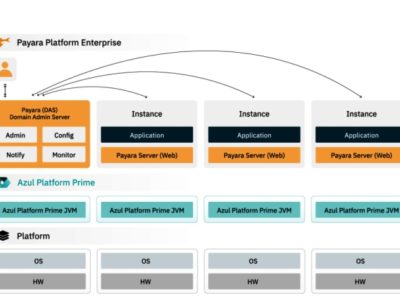By Folashade Wisdom 
What’s behind our ability to drive results from collaboration? Quite a number of organization have come to realize the need to put a collaboration and knowledge management structure in place. But many are getting little or no result after spending so much, hence the question. How can you get result from a collaborative solution? Your fanatical adherence to a set of principles that have proven to drive enterprise-wide adoption and propel quite a number of our clients (organizations) well beyond the critical mass required to deliver meaningful outcomes.
Begin with outcomes in mind
The flat-out failure of many “build it first the rest will follow” approaches have caught many companies by surprise. Successful, sustainable collaborative efforts must be designed to produce real business outcomes from their inception. So start building with your goals in mind. Clear purpose and goals. The effort must be driven by a well-defined purpose that is real, practical and shared by the group. The convener’s purpose and goals need to be offered up front, while recognizing that group members may have additional goals as well.
Deliver a user experience everyone will love
The most popular consumer services on the Internet are intuitive, have almost no learning curve, and consistently deliver value from the minute they are first used. Enterprise collaboration is no exception. If people do not love the experience offered by a collaboration platform, they will not use it.
Create pointers to people
The real value of collaboration is not so much connecting people to content, but connecting people to each other in new ways. Talent is scattered across every organization — businesses make better decisions and move faster when the right people are brought together at the point they are needed.
Go where the people are
Because collaboration is largely a voluntary effort, getting them to go someplace new can be a challenge. Collaboration is most successful when it is a part of the workflow required to perform someone’s job.
Actively manage collaborative activity
Scattered pockets of collaboration — provided by diverse applications and vendors — increase complexity and are difficult to monitor. Centralizing the management of collaborative activity provides a single point of security, activity aggregation, compliance monitoring and analytics.
Simple! With the above principles fanatically followed you are bound to have excellent result in a collaborative environment thereby yielding a good return on your investment. Here are some examples of good collaboration/collaborative tools and solutions: Novell Groupwise, eGroupware, Kolab, Zimbra, Atmail etc. Most of these tools functions properly in a Linux and Windows environment.





























